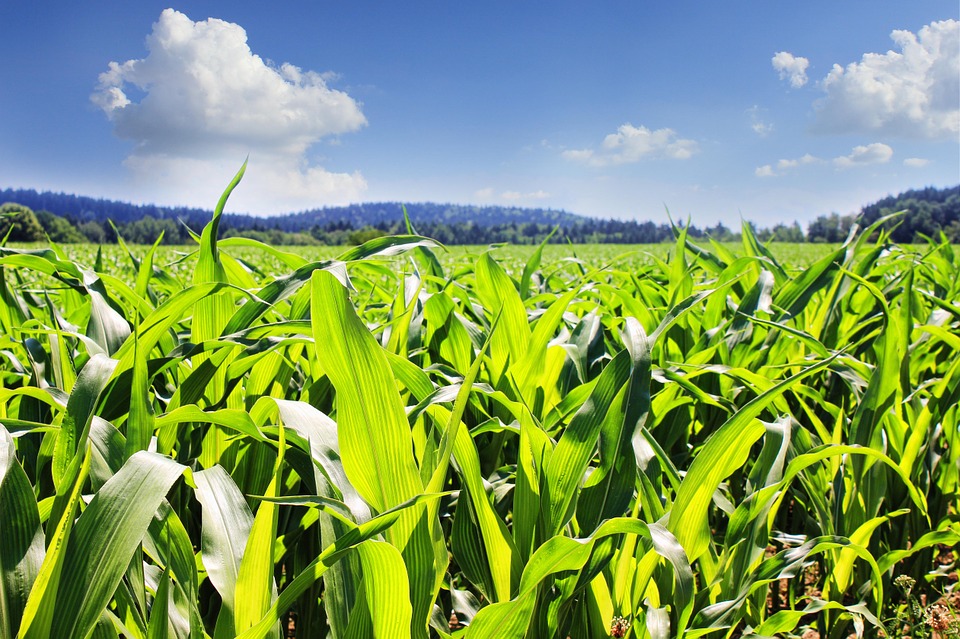It’s a fact that corn prices are important. After all, over 3500 products include corn. So, as the 2017 corn harvest approaches, people are paying close attention to the price of corn. That’s because lower corn prices can mean lower costs on the products corn touches (from chicken to gasoline).
It’s all about the corn carryover
The corn carryover (supply minus use) is important, as it can influence the price of corn.
At the moment, the 2017 carryover is projected to be 2.355 billion bushels. And ending stocks have been revised upwards by 215 million bushels. This is due to higher than expected plantings and trade utilizations estimates. Compare that to a carryover of 1.737 billion bushels in 2016.
Additionally, the July 2017 World Agricultural Supply and Demand Estimates (WASDE) projects a price range between $2.90 to $3.70 per bushel.
At present, prices are above this range. But if the carryover is substantial, prices may end up lower.
Then there’s the weather factor
Currently, precipitation in major corn producing states is below normal (however, this deviation is not extreme). But if the corn belt gets timely rain, leading to abundant U.S. crops, the price of corn may be closer to the midpoint of the projected range, at around $3.30 per bushel.
And if the price of corn ends up at the mid-point of the WASDE projected price range this fall, the year-over-year price of corn will be lower.
Corn-related products and corn prices
Presently, the 2017 U.S. growing season is predicted to be the best on record. That includes a projected yield of 174.6 bushels per acre and a total production of 15.148 billion bushels.
Does that mean production costs for corn-related products could be less? And, in general, would the price of these products go lower? Well, of course, there are other inputs that may impact the price of corn-related products — more than just the price of corn.
After all, we are only talking about one (while important) input. But as the fall harvest gets closer, keep your eye on the price of corn — it just may impact a product you need to buy.
Where do you think the price of corn will close come November 9th? Weigh in below in the comments.
Are you concerned about how the price of one ingredient (corn, for example) can impact the price of your commodities purchases? At Ingredient Exchange, we can provide insight and advice on your best options for securing ingredients critical to your operation.
